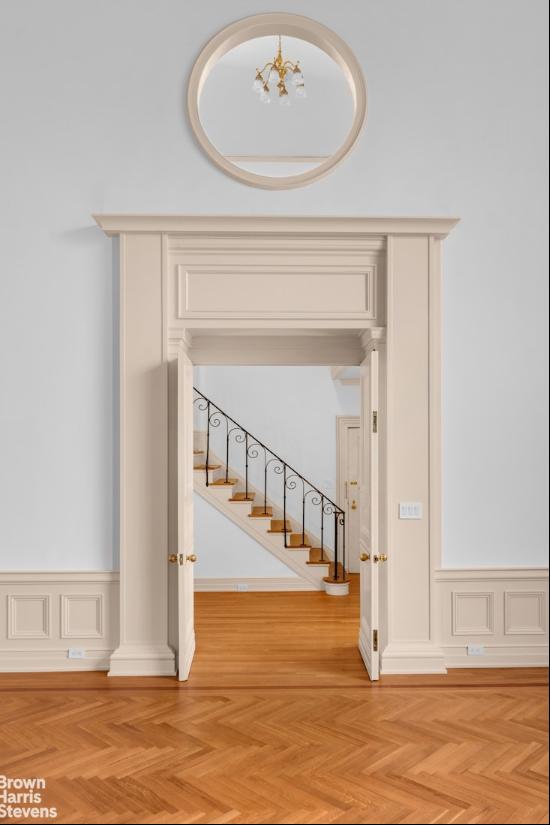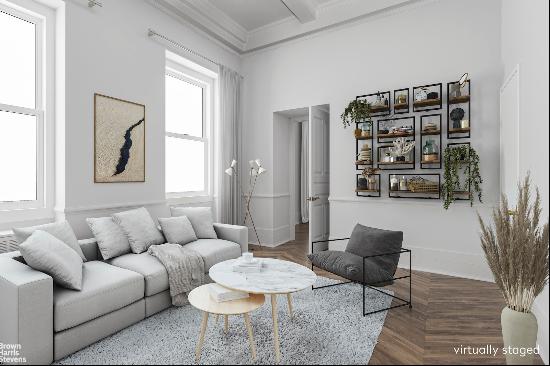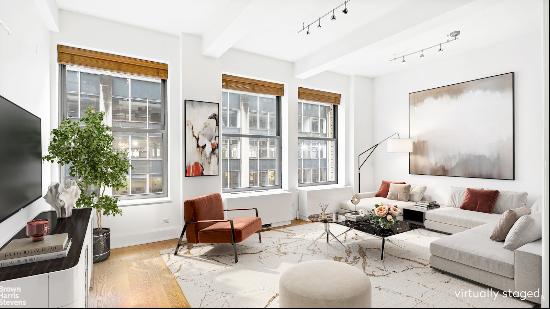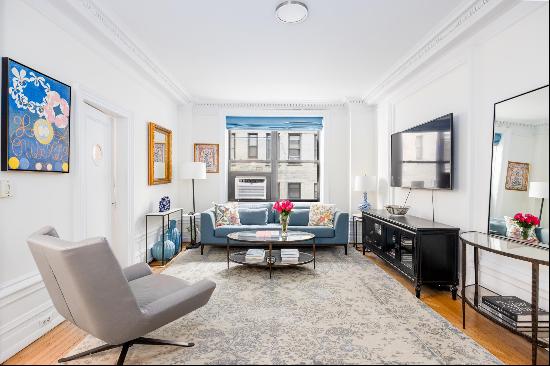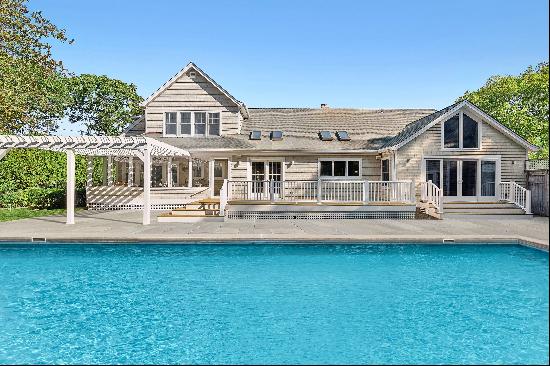
By Marta Bausells
I only have to close my eyes to see it: the floating bookshelves above the bed; the chair for a bedside table; the small desk that has been placed against one of the tall windows with a view on to the leafy street; the walk-in closet and the kitchen that’s never used (the oven is a store for old issues of Vogue). Every inch of Carrie Bradshaw’s Manhattan apartment feels tailor-made for the fashion-loving sex columnist star of Sex and the City, the epitome of the gal about town, played by Sarah Jessica Parker (main picture, above).
I was 17 when I first watched Sex and the City. At that all-too-impressionable age, the show fitted me like a designer shoe, inspiring fantasies of adulthood and independence. Even then I knew enough about life and New York to wonder how she could afford that first-floor apartment in the Upper East Side. Her job seemed to consist only of a weekly column in a middle-of-the road newspaper. It transpired that her rent was stabilised, but even that would not explain how she could afford her designer clothes.
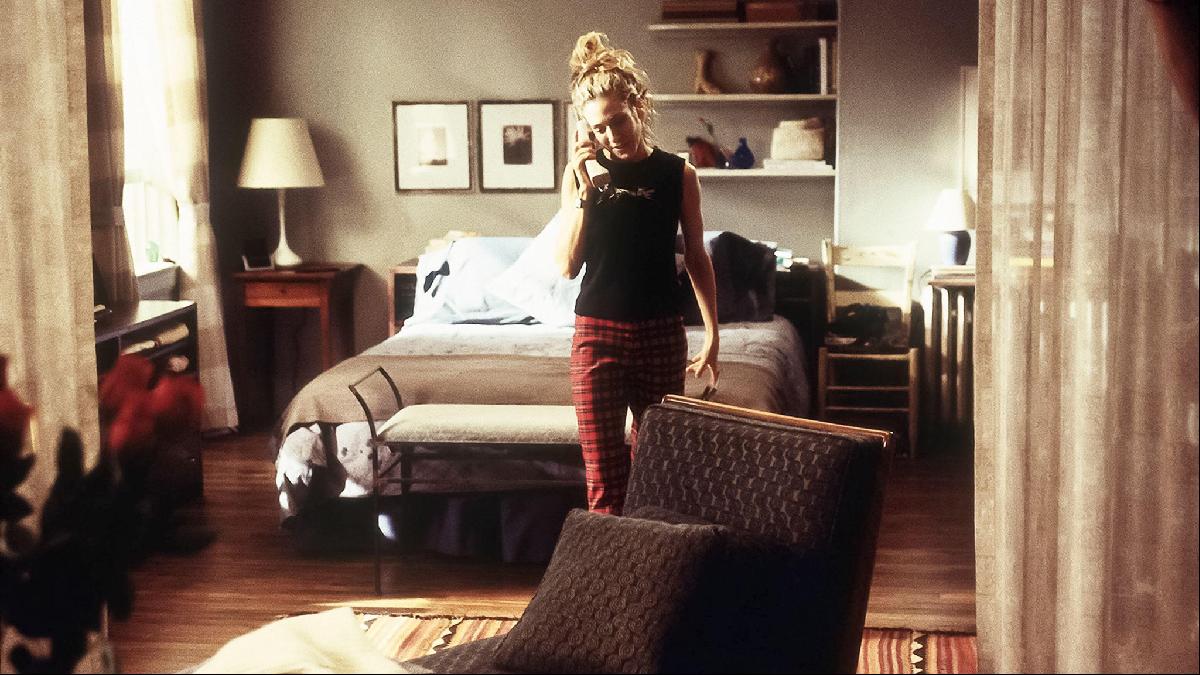
The apartment was actually a little dingy in the pilot: tiny and filled inexplicably with lamps. It even had neon lights outside the windows. But it quickly became a brownstone townhouse which, in real life, is in the West Village and prohibitively expensive.
Perhaps though it doesn’t matter how she could afford her apartment. Don’t we watch these television shows because they allow us to dream? Wouldn’t our unaffordable cities be much better if all people with creative jobs could live in them? After all, I don’t watch television to see the places where freelance writers actually live; I can go on Gumtree for that.
Carrie’s apartment re-entered popular culture this year in the show's reboot, And Just Like That. Carrie loses her husband with whom she has been living elsewhere and needs to redefine who she is: she chooses to return to her original brownstone Sex and the City home. It is quite funny to think of it as the humble abode of her single days when, 20 years on, that kind of real estate is regarded by many as non-ironic luxury.

There are many different ways and places to live but I will always need somewhere to write. As Virginia Woolf put it, a writer — in particular a woman writer — needs somewhere they can go and shut the door. Sometimes that "room of one’s own" has to be a closet or a desk in the corner of a bedroom. Sometimes closing the door means getting up at 5am, when everyone who will demand your time, care and attention is still asleep.
I am now a woman writer in her 30s with a life sometimes so similar to Carrie's I could gasp. I cannot afford designer clothes or my own apartment, let alone somewhere in Manhattan, but I would never begrudge Carrie for her apartment. Despite the way Sex and the City would later increasingly become about material luxury and getting coupled-up, perhaps its most radical offering was how it showed women in their 30s who were self-possessed, having fun, and who — above all other luxuries — cherished their independence.
Photography: Alamy Stock Photo










